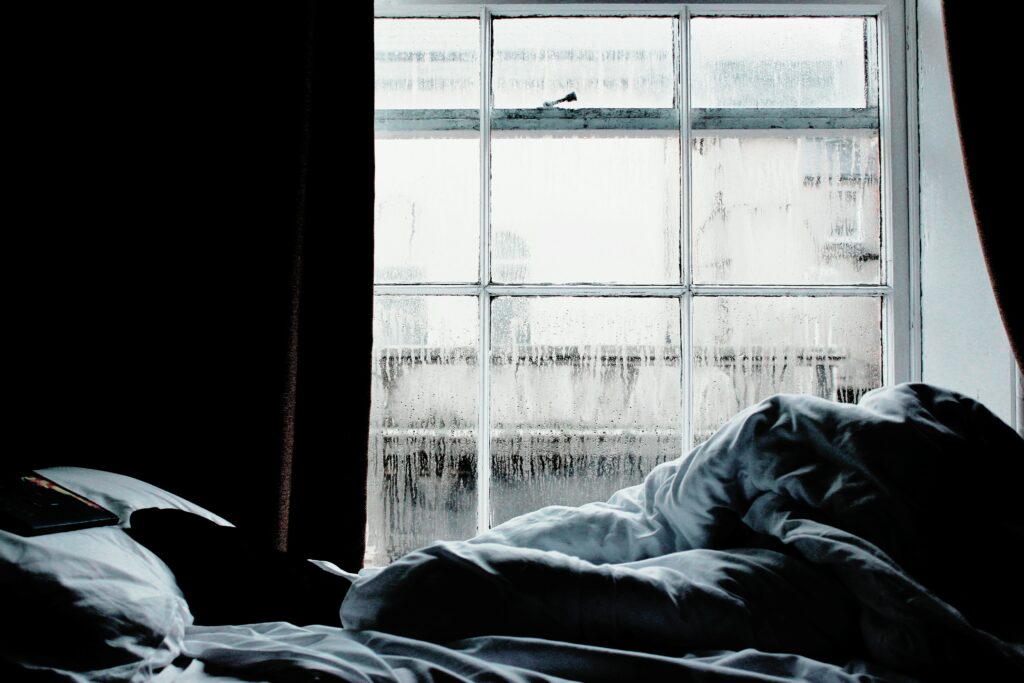Damp and mould can have a dramatic impact on the health and wellbeing of tenants – and be costly to fix. But the effects of damp and mould are more than simply financial; if left untreated, they can cause devastating damage to your reputation as a landlord.
Here we explore the obvious and hidden costs of damp – and what you can do to tackle them.
Zero Tolerance approach
The Government has changed the rules, encouraging what it calls a “zero tolerance” approach to damp and mould in social housing and the private rented sector.
The earlier tenants and landlords are aware of the signs and symptoms of damp then the earlier it’s found, the cheaper it is to fix. Therefore, landlords and tenants must work as partners to identify damp anywhere and everywhere in a property.
Damp can find its way into a property in a number of ways:
- Rising damp – moisture travels from the ground through a property’s walls
- Penetrating damp – water manages to break through the fabric of the building from the outside, damaging the inside. It’s often caused by broken or blocked pipes and guttering.
- Construction damp – occurs because of defects in materials or construction methods. Can be costly to rectify but is rare in existing properties in a good state of repair.
- Condensation damp – caused by the build-up of moisture in a property from daily activities such as cooking, bathing and washing/drying clothes, and lack of adequate heating, insulation and ventilation.
- Slow leaks – caused by poorly fitted washing machines and bathrooms, and contractor errors (Zurich Insurance)
Landlords must fix damp and mould as early as they’re alerted to the problem, which can be a significant drain on resources. Costs to rectify damp can quickly add up. You not only have to pay for the damp problem to be sorted but also to return the property to its previous condition.
Reputational impact
The financial costs of dealing with persistent damp and mould are high, but they’re not the only consideration – landlords must assess the risks to your reputation of failing to act.
Dampness can lead to tenants living in dangerous conditions and cause unhealthy buildings. As well as physical damage, living in a damp home can cause depression.
Tenants are becoming bolder in seeking recourse, with social media providing an opportunity for them to reach a worldwide audience with complaints.
The press is full of stories of social housing tenants who have found their properties riddled with damp – and social housing providers who failed to act.
Landlords have a moral duty and regulated responsibilities to prevent dampness in tenants’ homes – from helping tenants spot the signs early and providing assistance in time, through to ensuring repairs are adequate.
Smart sensor technology
At Awaretag, we’re developing a new range of smart technologies to protect tenants and landlords. Our IoT sensors communicate wirelessly to create a visual representation of any home. Users can see the flow of air, identifying worrying areas of moisture that could become damp or mould.
The data can inspire education and drive action. Housing providers educate themselves and their contractors and invest in campaigns to help tenants who need help to reduce the impact of daily activities on the development of damp and mould. This works at an individual household level, but the benefits can spread across all stock.
The sensors provide vital information and a visual symbol that housing providers are taking their responsibilities to protect health and wellbeing seriously.
When works have been performed, the technology can assess their quality and impact. This can ensure that works deliver the efficiencies promised and that precious resources are targeted most effectively.




